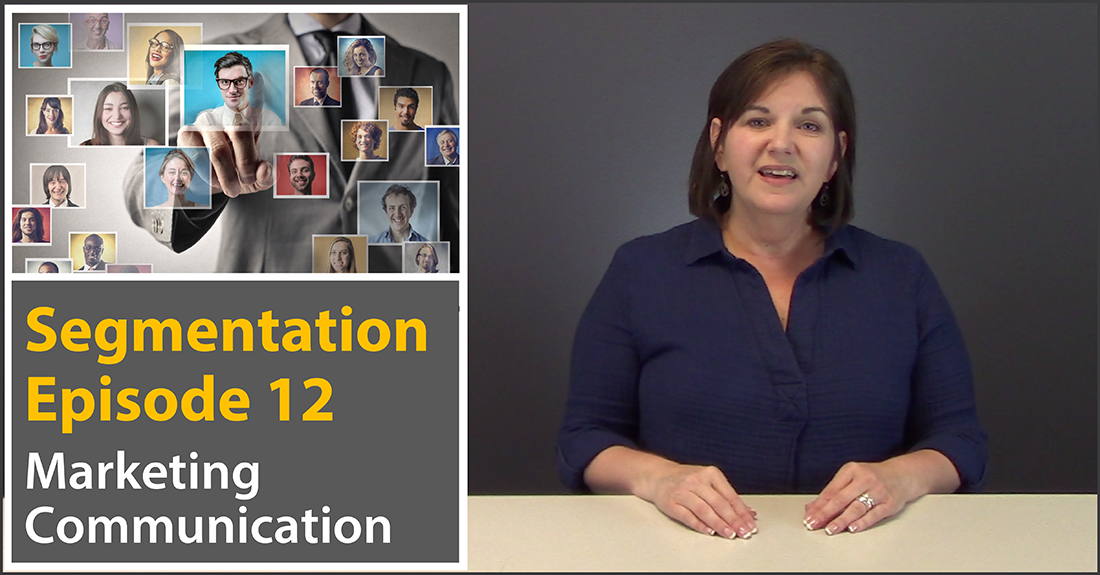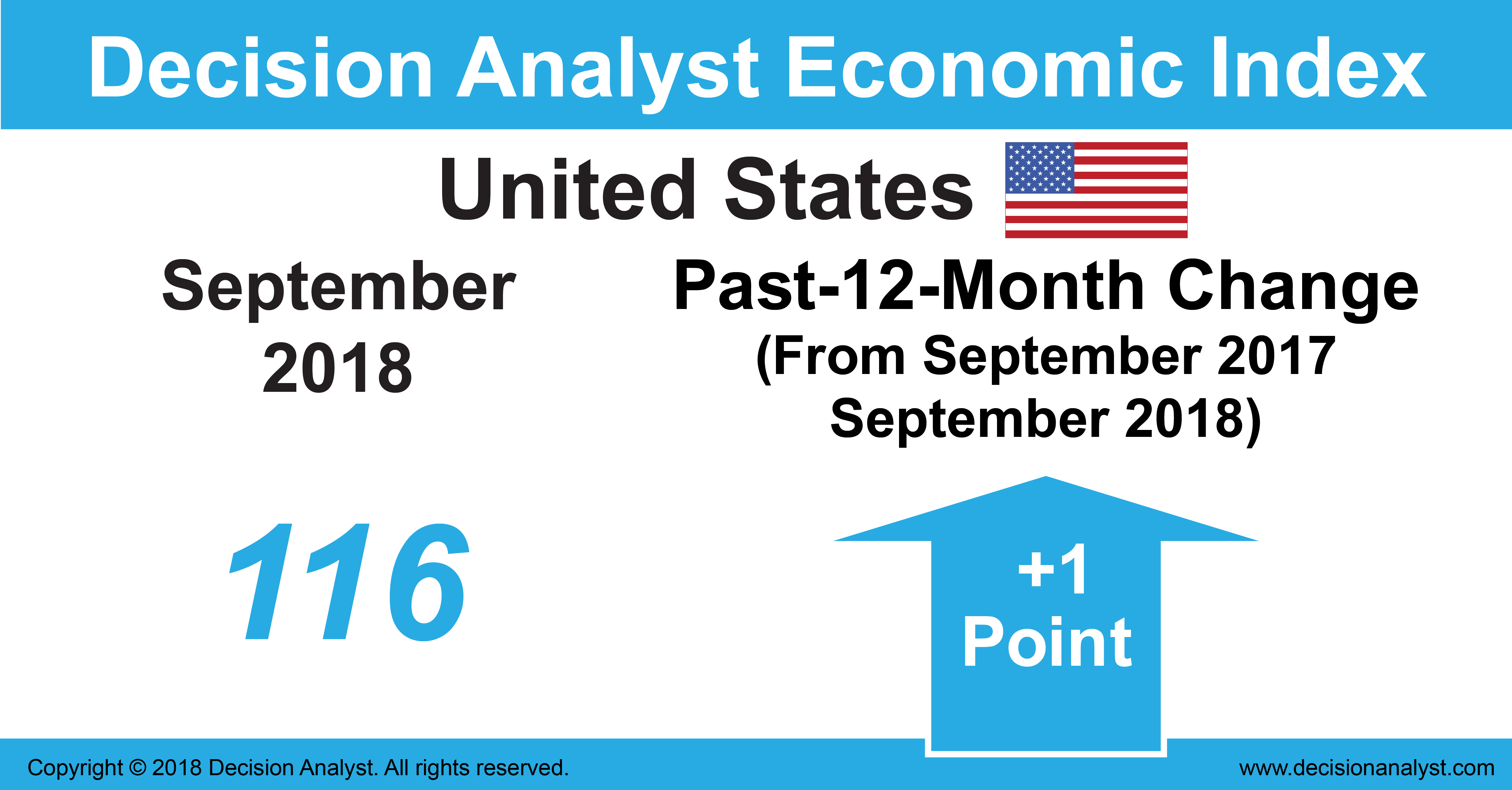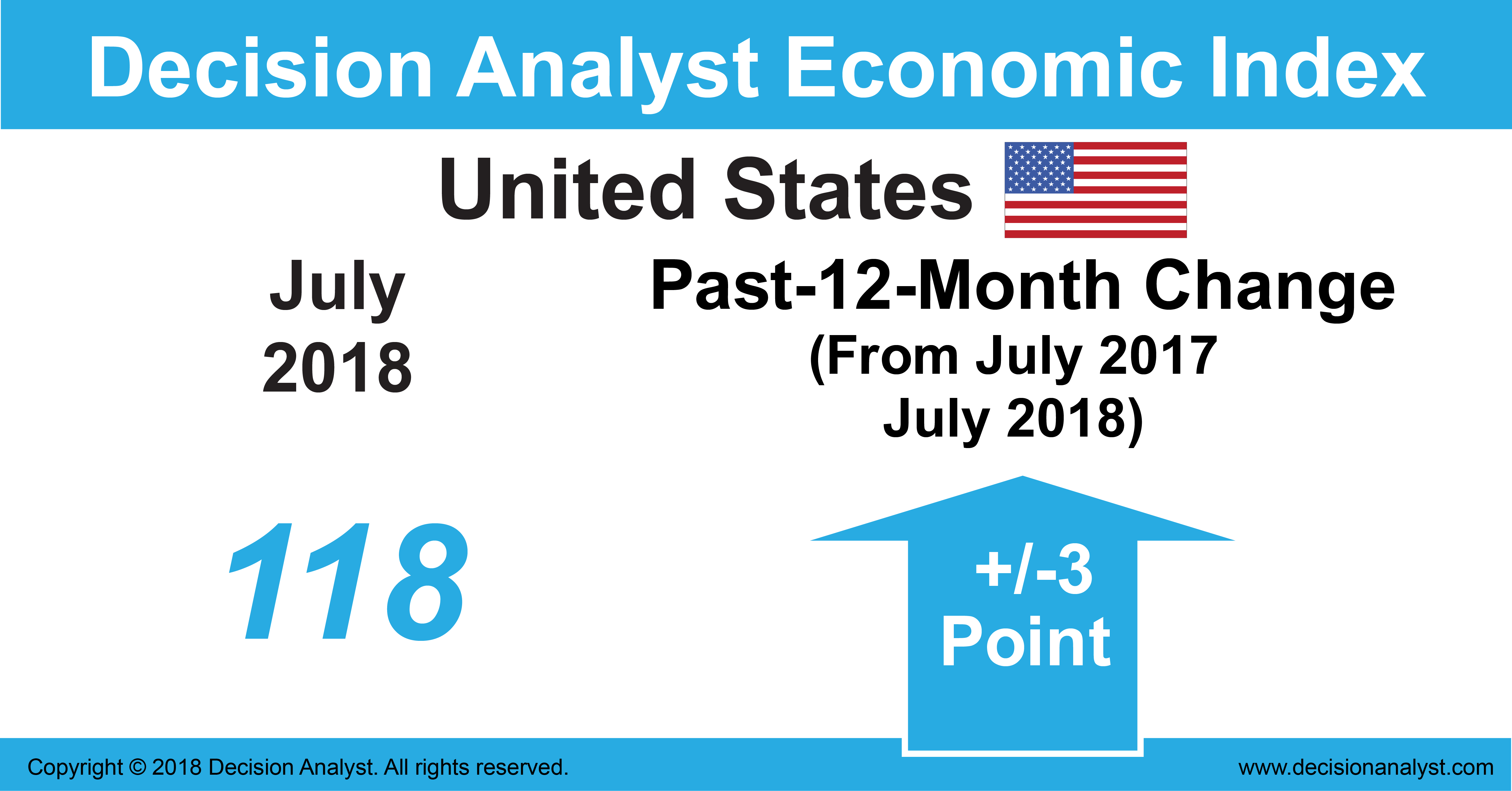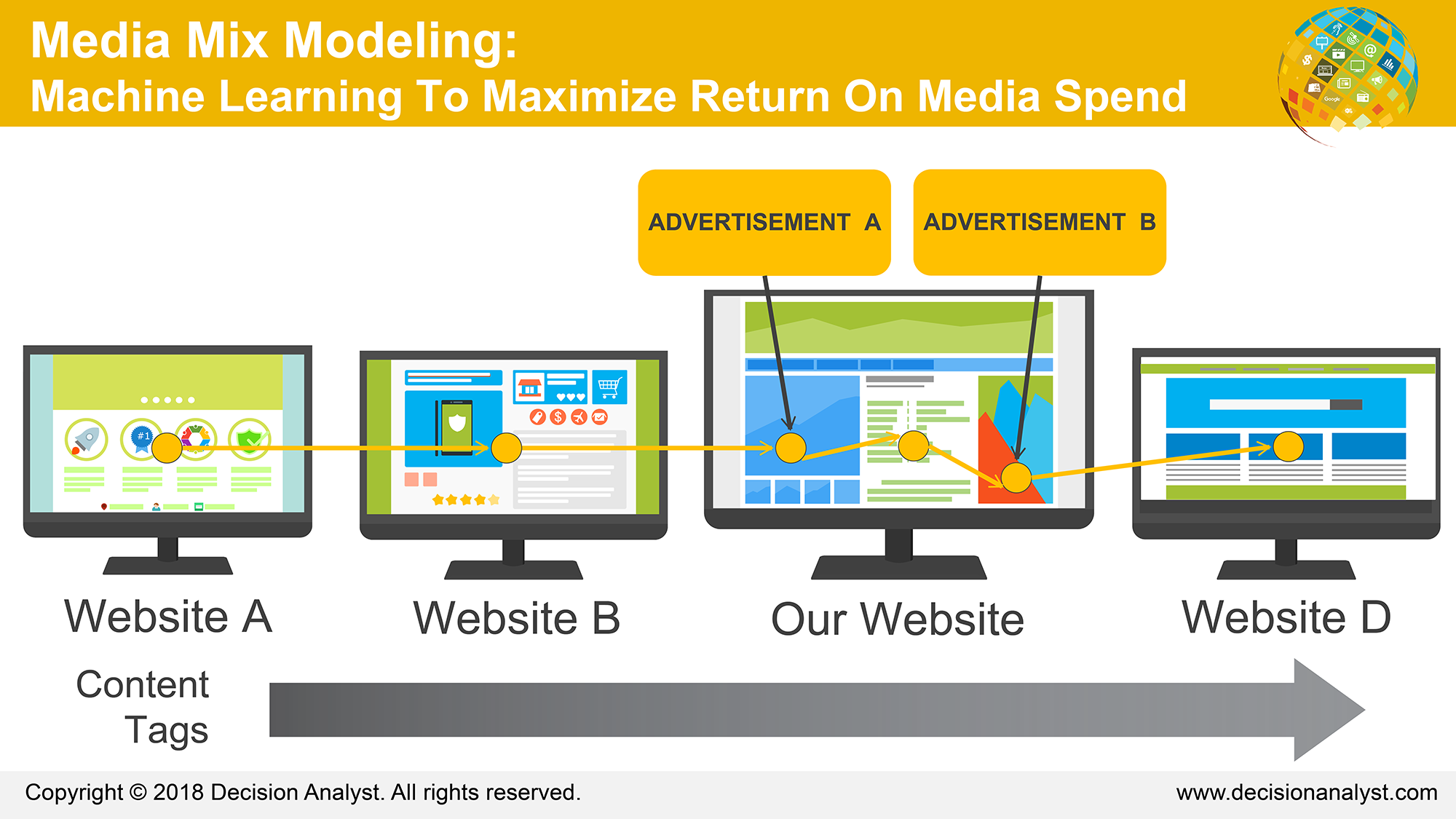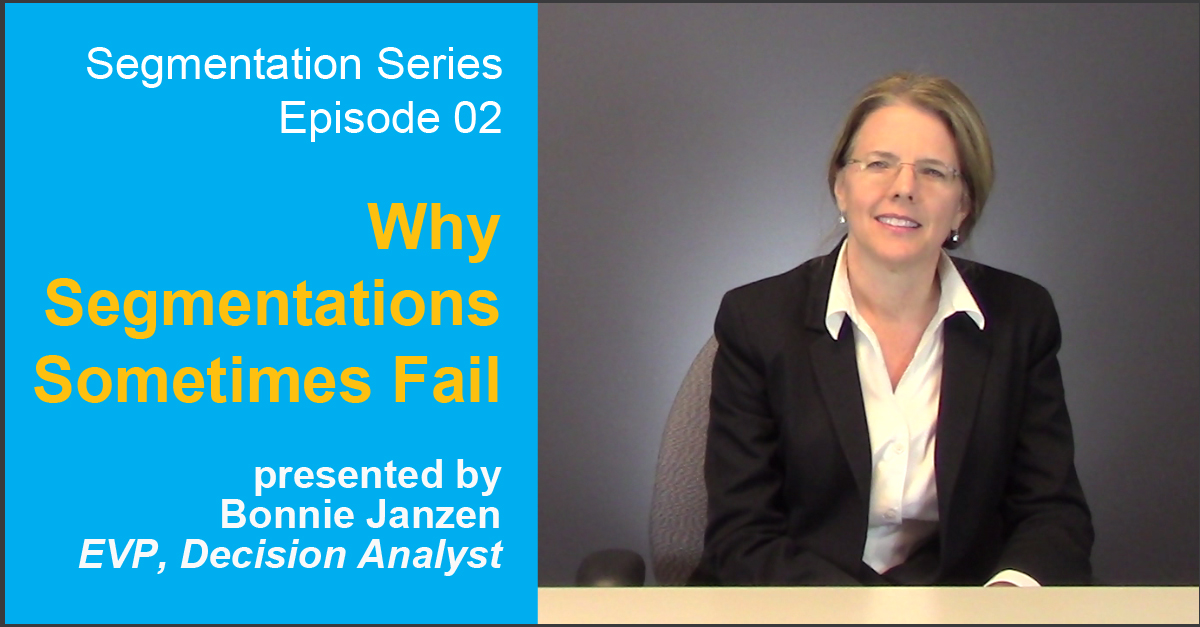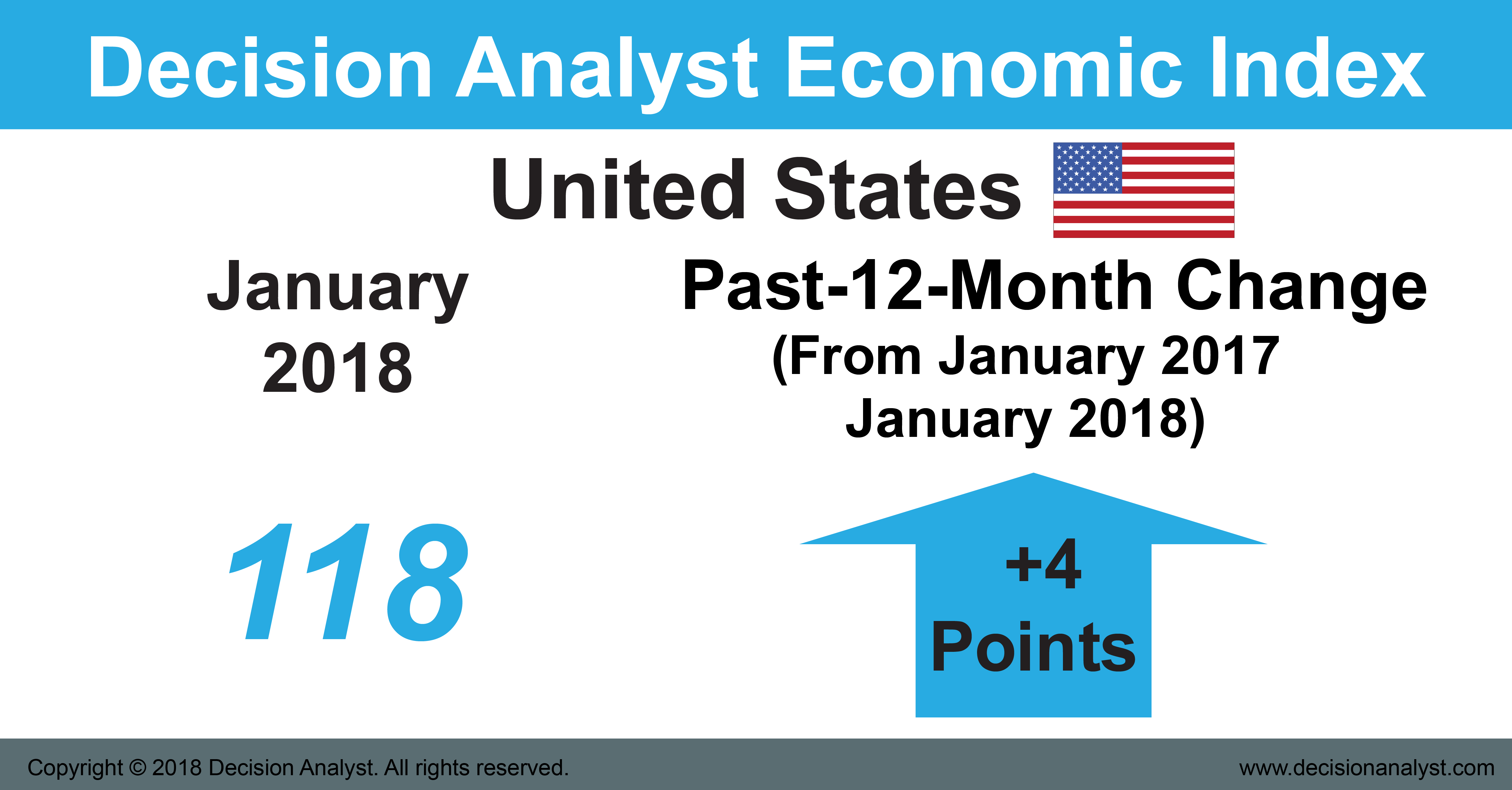Library Archive 2018
-
4Dec
Should We Care About Non-Response Bias? by Elizabeth Horn, Ph.D.
Non-response bias occurs when people who participate in a research study are inherently different from people who do not participate.
This bias can negatively impact the representativeness of the research sample and lead to skewed outcomes. Basing important business decisions on research conducted using non-representative respondents is potentially disastrous. There are, however, strategies that may mitigate the impact of non-response bias that do not require large budgets and longer time periods.
more -
7Nov
We’re all moving faster and being pressured to further pick up that already-brisk pace.
One result of this increasing speed is the tendency to settle for “good enough.” If we can accomplish a portion of what we need by the deadline, that will be good enough. If we can go through just of some of the steps in our time-tested process, that’s good enough. If we can conduct research overnight, even if we’re not representing the whole consumer base, that’s good enough. Or is it?
more -
1Nov
Segmentation: Applying Segmentation Results to Marketing Communications by Felicia Rogers
In this latest video, Felicia Rogers, looks at a couple of key factors in using segmentation to develop marketing communications.
First, how do we use segmentation work to shape messages for certain audiences? And then secondly, how do we develop a winning communication strategy that will resonate with one segment without turning off others.
more -
23Oct
Helping Your “Garden” to Thrive: Ideas to Help Your Business Grow by Clay Dethloff
Business, like gardening, is not static; it’s a living and changing thing.
With both, you have to expect the unexpected and be prepared for it. An early frost as well as various insects can derail or completely wipe out a garden. Similarly; recalls, poor product launches, new competitors, the threats of trade wars, etc., can cause businesses to perform below expectations. We do quite a bit of work helping our clients understand and wade through the changing environment they find themselves in, and I believe that several of the principles and rules of thumb used in gardening can apply in a corporate setting.
more -
17Oct
Segmentation: Using Segmentation in Strategy by Bonnie Janzen
In this video, Bonnie Janzen, Executive Vice President, discusses applying your segmentation to strategy.
In this video, Bonnie briefly covers positioning, new product strategy, pricing strategy, promotional stragey, and communication strategy.
more -
17Oct
The U.S. Economic Index For September 2018 Suggests Slow Growth
Posted by Decision AnalystThe Decision Analyst U.S. Economic Index stands at 116 for September 2018, a 1-point increase over the past 12 months, but a 3-point decline from August 2018.
The U.S. Economic Index has flattened out over the past year, suggesting that the U.S. economic expansion might be reaching its apex. The overall trend of the Economic Index suggests slowing growth, and raises the prospect that the current economic cycle may be reaching a turning point—a turn toward recession.
more -
4Oct
The Great Proposal Wasteland by Jerry W. Thomas
A comparison of the proposal-bidding model versus standard-cost model when hiring a marketing research firm.
Both bidding models provide stark contrasts in efficiency and time. The proposal-bidding model is far more common in practice, at least in the U.S.. However, the standard-cost model does provide many advantages by reducing project execution times, decreasing costs, minimizing risks, and improving the quality of the research.
more -
26Sep
Segmentation: Geomapping and Micromapping by John Colias, Ph.D.
In this video, John Colias, Senior Vice President of Decision Analyst’s Advanced Analytics Group, discusses taking segmentation to the level of geomapping and micromapping.
There are three stages to accomplish this: first is data fusion, then predictive modeling, and then the geographic projection.
more -
26Sep
Decision Analyst Announces the Launch of the 2019 American Home Comfort Study
Posted by Decision AnalystDecision Analyst is proud to announce the launch of the 2019 American Home Comfort Study (AHCS). This syndicated study will follow our 2016 AHCS plan, including trended data from both the 2016 and 2013 studies.
The AHCS is a primary-research study among homeowners who made the decision to purchase HVAC equipment for their primary residence in the previous two years, including central air conditioners and furnaces, heat pumps, boilers, and mini-splits.
more -
18Sep
Brave New Research—Looking Ahead to a 5G World
Posted by Mike HumphreyAccording to experts, the move to 5G will open new horizons for us all and almost every industry will see monumental changes, from manufacturing and services, to self-driving cars and smarter home appliances beyond the Internet of Things.
So, what are the implications for the marketing research world? The answers to this question will be revealed over the next several years, as the full rollout isn’t expected until the 2020s. Here in the present, let’s take a quick look at some of the ways a more connected world, and lightning-fast networks, may impact data collection and other areas.
more -
4Sep
Helping Legacy Auto Companies Innovate In The New Age
Posted by Heather KluterComing up with and developing great product ideas can be a daunting task.
Additionally, how can a marketer know that an idea is really “great” and will be talked about by auto shoppers and enthusiasts? These are the issues that face new vehicle product developers everywhere.
more -
30Aug
Segmentation: Persona Development by Clay Dethloff
In this next Segmentation Series Video, Clay Dethloff talks about personas and persona development.
Personas are about bringing segments to life. They take those segments that have been developed in the research and bring them to life. Personas really help to diffuse the learning throughout the organization.
more -
16Aug
Maintaining Product Quality In The Face Of Rising Costs
Posted by Felicia RogersAre your consumers paying more to fill their gas tanks or cool their home lately? Are their weekly grocery bills rising? If we, as business people (and consumers too), haven’t noticed this trend yet, we will, according to The World Bank’s predictions.
If the situation continues, we could be in for a product-quality crisis. So what’s a manufacturer to do? As soon as the market even hints at commodity prices creeping up and ingredient or component substitutions enter the realm of possibility, a plan for product testing should be activated.
more -
15Aug
The Economic Index Suggests Continued Moderate Growth In the U.S. Economy During Second Half of 2018
Posted by Decision AnalystThe Decision Analyst U.S. Economic Index stands at 116 in May 2018, the same score as last month.
However, the U.S. Economic Index score is up 2 points over the past 12 months. The overall trend of the Economic Index continues to indicate that the U.S. economy will continue to expand throughout 2018.
more -
20Jul
INFORMS Marketing Science Conference 2018
Posted by John Colias, Ph.D.Recently, John Colias attended the INFORMS Conference, (INFORMS is one of the world’s largest analytical organizations). Here are some observations and take aways from the conference.
To start with; Artificial Intelligence (AI), Machine Learning, and Deep Learning were the focus of much attention and emphasis.
more -
18Jun
U.S. Economic Index Predicts Continued Economic Growth
Posted by Decision AnalystThe Decision Analyst U.S. Economic Index stands at 116 in May 2018, the same score as last month.
However, the U.S. Economic Index score is up 2 points over the past 12 months. The overall trend of the Economic Index continues to indicate that the U.S. economy will continue to expand throughout 2018.
more -
18Jun
Segmentation: Uncovering Motivations & Key Drivers by Jerry W. Thomas
In this next Segmentation Series Video, Jerry W Thomas explains how to get insights out of segmentation data.
He mentions cross-tabulations, factor analysis, and key driver analysis as ways of uncovering motivations.
more -
4Jun
Can You Hear Me Now?: Embracing Advertising Testing
Posted by Tom AllenYou may remember the series of ads that ran for years in the early 2000s that featured a bespectacled phone technician in various locales asking, “Can you hear me now?” while on his cell phone talking to an unknown colleague.
The campaign ran for nearly a decade. As is the way with most things in our fast-paced, information-overload, disposable world, the television audience quickly forgot about the Verizon guy in his absence. Or did they? Here are some suggestions for both agencies and brands on advertising testing.
more -
24May
Consumer Insights Driving Success in the “Customer Experience Economy”
Posted by Bonnie JanzenSo how should a brand or business evolve in the Experience Economy?
It is always important to make business decisions steeped in a deep understanding of how the consumer feels and thinks about your brand or company. That is even more important today when consumers have more choices than ever.
more -
10May
Segmentation: Solution Criteria by Elizabeth Horn, Ph.D.
In this video Elizabeth Horn, Ph.D. discusses marketing segmentation solution criteria.
Some general criteria for useful segments include: segments should share more commonalities with each group than they do between groups, segments should also be large enough for organizations to mount cost-effective campaigns, and segments should be reachable through most media avenues.
more -
27Apr
Becoming A Qual Champion: A Short Guide For The Quant-Focused Researcher
Posted by Elizabeth Horn, Ph.D.Qualitative research is fascinating. What appears to be magic is, instead, scientific and analytical.
Using well-established methodologies, qual uncovers emotions and motivations associated with human decision-making behaviors. Qualitative insights frame and then explain quantitative insights. After a quant deep-dive has been conducted, qual answers the “whys” that inevitably arise — something that quant is ill-equipped to handle. In the spirit of fostering insights based on a solid foundation, I offer this friendly advice to my fellow, quant-focused researchers.
more -
25Apr
Design Considerations by Felicia Rogers
In this video Felicia Rogers discusses three high-level elements in designing your segmentation project.
Those are the respondent sample, the questionnaire design, and some of the analytical components.
more -
20Apr
The High-Performance Research/Insights Department
Posted by Jerry W. ThomasRecently at a research conference, I attended an presentation on the drivers of a highly effective research/insights function. It was a good attempt, but too many missing variables doomed the project to inconclusive results.
The presentation did get me thinking about all of the high-performance research/insights departments, as well as the “dogs,” that I have worked with over the past 50 years. So, here is one opinion about what determines the success of a marketing research/insights function in a large corporation.
more -
11Apr
In this video Clay Dethloff explains how using exploratory qualitative research helps create hypothesis of the segments, and gives insights for your segmentation project.
He discusses tips for understanding both the rational and emotional underpinnings, utilizing different survey techniques, such as in-depth and/or in-the-moment to maximize understandings, and more.
more -
3Apr
“How Do We Get A Seat At The Table?” The Research Consultant’s Dilemma
Posted by Felicia RogersLots of people who specialize in consumer insights ask, “How can we get a seat at the table?” Of course, they’re referring to the boardroom table where high-level management-team discussions happen.
So I think the hidden question is, “How can we gain the respect of the organizations we work with so that they include us in those discussions?” What we have to offer is critically important. The information we provide and insights we glean from great research routinely save companies money—big money. But I fear there are still few who see it that way.
more -
2Apr
Types of Segmentation by Elizabeth Horn, Ph.D.
In this video Beth Horn discusses the different types of commonly used segmentation techniques.
Techniques mentions include historical techniques, such as; attitudinal segmentation, and needs-based segmentation, as well as newer techniques, such as; location-based, transaction-based, demand-based, and microsegmentation.
more -
20Mar
In this final Media Mix Minute, John Colias, talks about machine learning models, and how these models can be used to optimize the return on media spend.
this video talks primarily about the digital space. So, imagine as in the diagram that a person is traveling, or journeying through the internet, by clicking on various websites and eventually come to, to my company’s website.
more -
13Mar
Why Segmentation Sometimes Fail by Bonnie Janzen
Why segmentations sometimes fail, these are common pitfalls that we see in segmentation work.
The first question is: what is the optimal target market for our brand? or our business? The next big question is what should our product strategy be? And then, how do we position ourselves, and what messaging, and themes support that positioning? And then what advertising strategy should we explore to try to achieve competitive advantage?
more -
14Feb
U.S. Economy Continues Its Economic Expansion For The Start Of 2018
Posted by Decision AnalystThe Decision Analyst U.S. Economic Index stood at 118 in January 2018, two points higher than in December 2017, and up four points from January 2017.
The past-12-month slope of the Economic Index indicates that the U.S. economy will continue to expand throughout the first half of 2018, and perhaps beyond. The Economic Index tends to lead U.S. economic activity by 6 to 12 months.
more -
15Jan
Why 95? The Relevance of 95% Significance Level
Posted by Elizabeth Horn, Ph.D.I wonder how many beneficial scientific insights have been discounted or flat out ignored because of adherence to 95%?
And in the market research industry, what great nuggets of truth have we inadvertently missed? To its credit, market research is less rigid in its significance testing. Some companies even maintain a standard of 90%, recognizing that 95% may cause them to overlook something important.
more -
2Jan
Seven Sets of Questions Every Brand Manager Must Answer
Posted by Jerry W. ThomasBrand managers live in a difficult world of constant pressure, tactical chaos, and unrelenting demands from senior executives.
Amid all the frenzy of “agile marketing,” demands from manufacturing and operations, questions from major customers, budgetary constraints, and competitive actions, it’s easy for brand managers to overlook or undervalue the critical information they need to strategically (and tactically) manage their brands. To effectively manage a brand, every brand manager should be able to answer seven sets of core questions.
more




